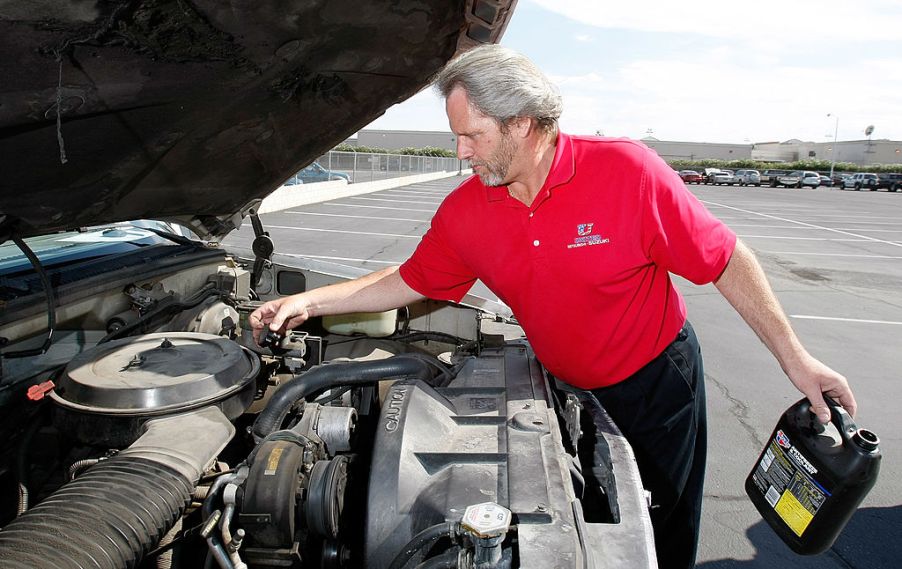
Why Is My Chevy Silverado 1500 Burning So Much Oil?
Every automobile manufacturer deals with consumer complaints all the time. Some are minor issues, like door lock problems. Others are more major, like transmission gear slippage. The Chevy Silverado 1500 has had its share of complaints from Chevy drivers, but none as bad as the oil consumption problem it experienced for their 2007-2011 model year pickups.
For quite a few years, consumers brought their trucks into the dealerships over and over for the same issue. With the trucks serviced, they left only to come back once again with the same complaint. General Motors finally gave in and acknowledged the engine problem, and offered its best solution. Here, we’ll look at what exactly the problem was and what you can do if you experience the same thing.
Updated: 7/22
The Silverado 1500 oil problem

CarComplaints.com has numerous entries for this issue from the 2008-2009 model years. Many Silverado 1500 drivers reported that they noticed abnormal noises coming from the engine or that the truck felt like it was bogged down.
Much to their surprise, they would be 2-4 quarts of oil low when they took it in for regular oil changes. There would be no sign as to where the oil went, like an unusually smoky exhaust. Upon closer inspection, mechanics would often find carbon build-up on the piston rings or damage inside the cylinders.
Many Chevy customers had to cover the costs to repair the damage or replace the engine. GM would often deny that there was any problem, or they weren’t aware of any issues. The company even stated that it was normal to use 1 quart of oil every 2,000 miles.
A lot of drivers became angry since this oil consumption issue showed up with only 30,000-60,000 miles on the vehicle. Other brand trucks or cars with the same mileage weren’t experiencing it.
Is there a known cause for the oil problem?
GM engines from the 2007-2011 model years that run with the Active Fuel Management System are likely to experience the oil consumption problem. Chevroletproblems.com lists some other vehicles that could have the same issue.
Those engines reduce fuel consumption by disabling half of the motor’s cylinders, improving fuel economy. However, there’s a flaw with the system. To keep the pistons cool, a pressure relief valve sprays oil in the cylinder, but it can burn off if the piston’s warm. This causes the carbon build-up seen by dealerships and mechanics.
When the carbon builds up too much, oil consumption begins. If left unchecked, the piston can cause damage within the cylinder because of a large amount of oil being brought into the chamber.
GM parts website explains that GM developed a cover that would keep too much oil from entering the cylinder, so the consumption problem would no longer occur. It seems to have fixed a lot of trucks since the complaints have almost stopped.
What you can do about the problem
If you find yourself in the same boat as other Chevy Silverado 1500 drivers, consult the dealership you bought the truck from or go to a trusted mechanic. If you’re experiencing the same symptoms, like an oil-tainted spark plug, and loss of 2 or more quarts between oil changes, you’ll want to get it fixed as soon as possible.
Now, if this fix doesn’t work, another solution is to try disabling the Active Fuel Management System. This should help the motor run smoothly without the need to spray extra oil into the deactivated chambers. To do this, you’ll need an after-market device that will allow you to take control of the engine’s module programming so you can deactivate the fuel management system.
Since those problematic years, GM finally listened and revamped its engines. Now the newer model years of the Silverado 1500 will have improved engines installed that don’t have this issue.




